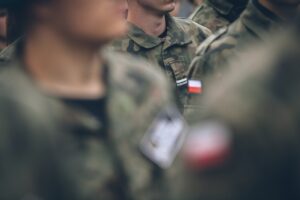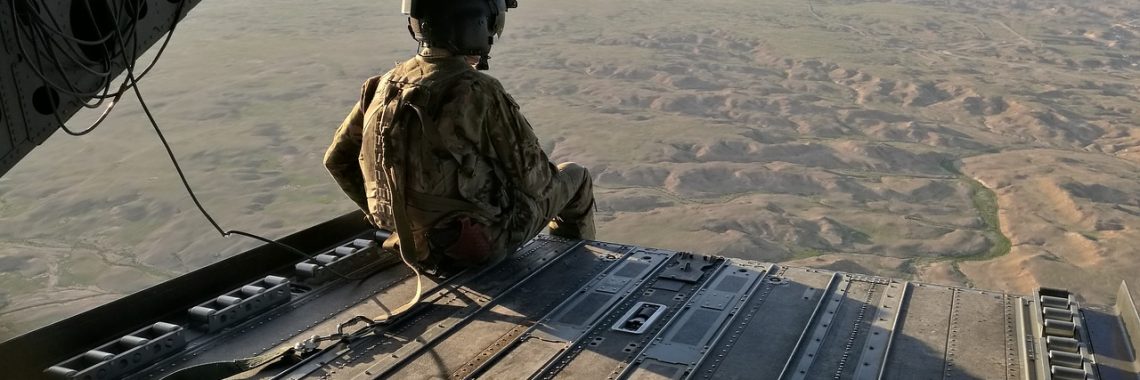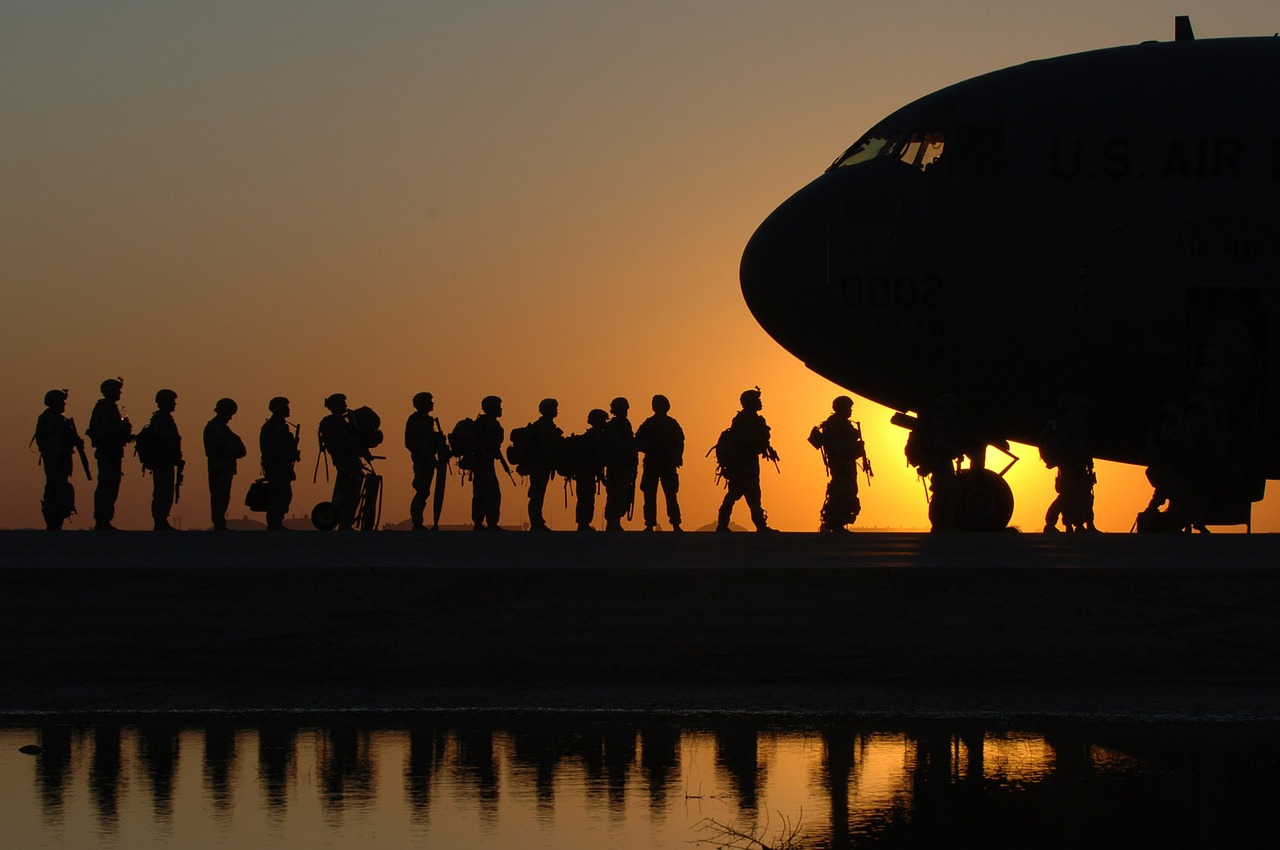Infantry: At The Heart Of Action

From overseas peacekeeping to domestic combat, our Infanteers lead the way as the backbone of the Army.
Infantry troops undergo rigorous preparation to meet any threat head-on.
Able to work with allies in any environment, from the harshest deserts to the thickest jungles.
Prepared to defend the country, avert war, defeat the nation’s enemies, and respond to natural or man-made disasters anywhere in the world.
What We Do
When it comes to the Army, the Infantry is where things really get going. It is essential to the Army’s ability to conduct close quarters ground combat.
Our Infanteers receive extensive worldwide preparation to enable them to outmaneuver, outthink, outmaneuver, outfight, and outlast any adversary they face.
They are prepared to work in a wide variety of climates and terrains, with a wide variety of peoples, and with a wide variety of allies.
The British infantry is organized according to the time-tested regimental system. .
A regiment consists of one or more regular battalions and, typically, an associated Army Reserve battalion.
The Infanteers in our Army are the elite close combat soldiers who can fight effectively in any environment.
What each battalion is best at is outlined below.
In the role of light infantry
Light Role Infanteers are multi-role soldiers who can fight on foot, in the air, or at sea. Infantry soldiers are some of the Army’s most flexible personnel because they have access to a wide variety of weapons, communications, and surveillance technologies and can be sent almost anywhere in the world on short notice.
Infantry with armored protection
The Warrior Infantry Fighting Vehicle is standard issue for armored infantry battalions. Because of their expertise in armoured warfare, our armoured brigades can quickly and easily move large amounts of firepower to defend the United Kingdom.
Our Infanteers can be dropped off very close to their target in this armored fighting vehicle before dismounting to seize the position under cover of the Warrior’s heavy firepower.
The Boxer AV is being rolled out to Future Soldier’s Heavy Mechanized Battalions, which were previously Armoured Infantry Battalions.
INFANTRY HEAVY MECHANIZATION
One of the light but well-armored vehicles available to Light Mechanized Infantry battalions is the Foxhound.
Light mechanized infantry use their vehicles to get to the action quickly, and then deployed on foot in close combat, in situations that call for mobile forces with a high degree of flexibility and protection.
Mechanicized infantry
The Mastiff is a protected patrol vehicle used by Mechanized Infantry battalions to cover large distances rapidly.
This is the newest of a variety of armored patrol vehicles in use, and it can transport eight soldiers plus two crew members.
Infanteers are prepared to dismount their vehicles and operate on foot for patrols and close combat, much like the Light Mechanised role.
Mechanized Infantry Battalions will evolve into Heavy Mechanized Battalions and receive the Boxer armored vehicle as part of Future Soldier.
INFANTRY AIRBORNE
The British Army has the capability to rapidly deploy a force that can hit hard thanks to the Airborne Infantry.
Airborne Infanteers are prepared to use their speed to gain an early advantage over their enemy and are trained and equipped to deploy at the beginning of any action, often ahead of the main force.
The rapid deployment by parachute or helicopter is their specialty.
SAFAI (Security Force Assisting the Infantry)
According to Future Soldier, the new Security Force Assistance (SFA) battalions are based on the model of regionally focused units established by the Specialised Infantry Group. They plan to work with more traditional organizations in more lax settings.


